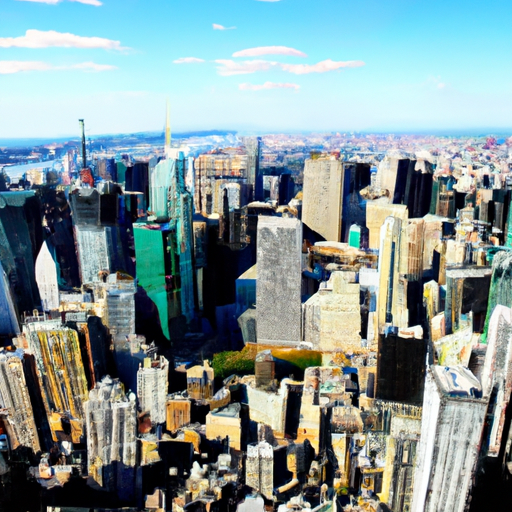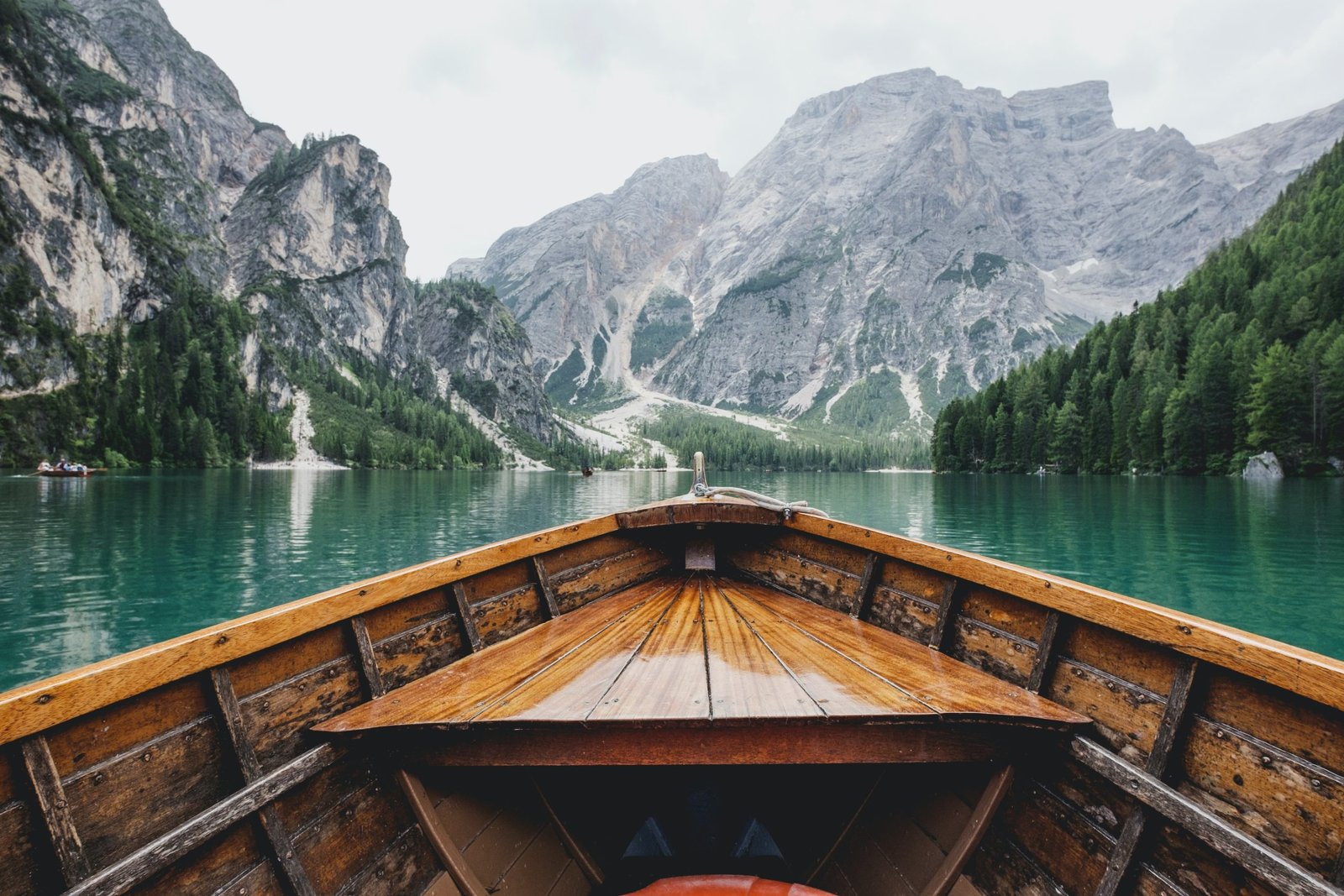Immerse yourself in the vibrant and visually captivating world of New York City street photography with this comprehensive guide. Explore the bustling streets, iconic landmarks, and hidden corners of the city through the lens of your camera, and discover the unique urban aesthetics that make this metropolis a haven for photographers. Whether you’re a seasoned professional or an amateur enthusiast, this guide will provide you with invaluable tips, tricks, and inspiration to capture the energy and allure of the Big Apple. Unleash your creativity and embark on a visual journey like no other with the Urban Aesthetics: New York City Street Photography Guide.
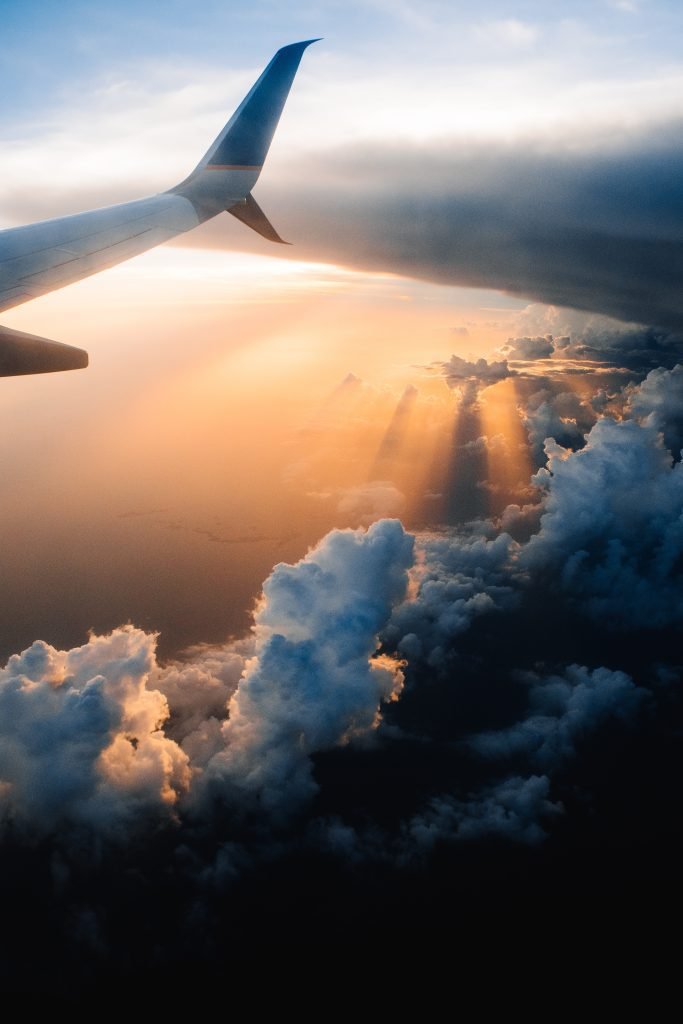
1. Choosing the Right Equipment
When it comes to street photography in New York City, choosing the right equipment is essential. The bustling streets and dynamic energy of the city require gear that can keep up with the fast-paced environment. There are several key considerations to keep in mind when selecting your equipment.
1.1 DSLR or Mirrorless Camera
One of the first decisions you’ll have to make is whether to use a DSLR or a mirrorless camera. Both options have their advantages and it ultimately depends on your personal preferences. DSLRs provide excellent image quality, flexibility, and a wide range of lens options. On the other hand, mirrorless cameras are lighter, more compact, and offer seamless integration with electronic viewfinders.
1.2 Prime or Zoom Lens
Choosing between a prime lens and a zoom lens is another important decision. Prime lenses have a fixed focal length, which forces you to move around and be more creative with your compositions. They generally offer wider apertures, allowing for more control over depth of field and low-light shooting. On the other hand, zoom lenses provide versatility and convenience, allowing you to quickly adjust your focal length without changing lenses.
1.3 Tripod or Handheld Shooting
The choice between shooting with a tripod or handheld is largely dependent on your personal shooting style and the specific situation. Tripods can be advantageous when shooting in low light conditions or when you want to capture long exposures. However, the use of a tripod can sometimes be cumbersome in busy streets, restricting your mobility. If you prefer a more spontaneous and fluid shooting style, handheld shooting is the way to go.
1.4 Additional Accessories
While a camera and lens are the essential pieces of equipment for street photography, there are a few additional accessories that can enhance your experience and help tackle specific challenges. Some of these accessories include extra batteries, memory cards, a lens cleaning kit, and a camera bag or backpack for carrying your gear comfortably and securely.
2. Preparing for the Streets
Before hitting the streets of New York City with your camera, proper preparation is crucial to ensure a successful and productive photography session. Taking the time to research, plan, and adapt to the city’s dynamic environment will greatly enhance your street photography experience.
2.1 Researching Locations
Researching potential locations ahead of time is an important step in street photography. New York City offers an abundance of iconic and bustling areas to explore. From Times Square to Central Park, each neighborhood has its own unique charm and character. By familiarizing yourself with these locations, you’ll have a better understanding of where to find interesting subjects and captivating scenes.
2.2 Planning the Time of Day
Choosing the right time of day to photograph can have a significant impact on the mood and atmosphere of your images. New York City is known for its vibrant and bustling streets, which come alive during different times of the day. Early mornings offer serene moments and beautiful natural light. Midday brings hustle and bustle, with crowds of people and vibrant street scenes. While evenings and nights offer a completely different atmosphere, with opportunities to capture the city’s dazzling lights and nightlife.
2.3 Checking the Weather
In New York City, the weather can vary greatly throughout the year. Checking the weather forecast before heading out is essential, as it can determine the type of shots you’ll be able to capture. Rainy days, for example, can create unique reflections on the streets and add a moody atmosphere to your images. On the other hand, sunny days can provide beautiful natural light and vibrant colors.
2.4 Dressing Comfortably
Since street photography often involves walking around for extended periods of time, it’s important to dress comfortably. Wear shoes that are suitable for walking long distances and clothing that allows for ease of movement. Pay attention to the weather conditions and dress accordingly to ensure your comfort throughout the day. Being comfortable and prepared will allow you to focus on capturing the captivating moments of New York City.
3. Understanding Composition
Composition plays a vital role in creating engaging and visually appealing street photographs. It is the arrangement of elements within the frame that gives your images a sense of balance, harmony, and visual impact. Understanding and applying various composition techniques will help you tell compelling stories through your photographs.
3.1 Rule of Thirds
The rule of thirds is a fundamental composition principle in photography. It involves dividing the frame into a grid of nine equal sections by two horizontal and two vertical lines. The main subjects or points of interest should be placed along these lines or at the intersections. This technique creates a balanced and visually pleasing composition, drawing the viewer’s attention to the most important elements in the frame.
3.2 Leading Lines
Leading lines are lines or shapes within the frame that guide the viewer’s eye towards the main subject. In the streets of New York City, there are countless opportunities to find leading lines, such as roads, bridges, and architectural elements. Utilizing these lines can add depth and visual interest to your images, creating a strong sense of direction and movement.
3.3 Framing the Subject
Framing involves using elements in the environment to create a frame within the frame, drawing attention to the main subject. In New York City, there are plenty of opportunities to frame your subjects, whether it’s through doorways, windows, or the architecture of buildings. Experiment with different framing techniques to add depth and context to your photographs.
3.4 Balancing Elements
Balancing the different elements within your frame is essential for creating visually pleasing compositions. In street photography, it’s important to pay attention to the relationships between various elements and ensure that they complement each other. This could involve balancing the placement of subjects, textures, colors, or light and shadow within the frame. By achieving a sense of harmony and balance, you’ll create images that are visually captivating and aesthetically pleasing.
4. Capturing the Energy of New York City
One of the reasons street photography in New York City is so exhilarating is the incredible energy that permeates the streets. To capture this energy and convey the essence of the city in your photographs, consider focusing on the following aspects:
4.1 Street Performers and Artists
New York City is known for its vibrant street performers and artists who showcase their talents on the sidewalks. From musicians to dancers and artists creating intricate sidewalk art, capturing these performers can add a sense of liveliness and energy to your images. Look for unique and interesting characters who are showcasing their skills and talents, and try to capture their passion and connection with the city.
4.2 Pedestrians in Motion
The fast-paced nature of New York City means that pedestrians are constantly on the move. Incorporating movement into your street photographs can convey a sense of energy and dynamism. Experiment with different shutter speeds to capture people in motion, whether it’s freezing a moment in time or intentionally creating motion blur. Look for interesting gestures, expressions, and interactions between pedestrians to capture the lively atmosphere of the city.
4.3 Cityscape and Architecture
New York City is renowned for its iconic skyline and architecture. Incorporating cityscape shots into your street photography can provide a sense of scale, context, and a unique perspective of the city. Look for interesting angles, reflections, and juxtapositions between the city’s architecture and the people who inhabit it. Experiment with different viewpoints and focal lengths to create visually striking compositions that showcase the grandeur of the city.
4.4 Cultural Festivals and Parades
New York City is home to a diverse range of cultures and hosts numerous festivals and parades throughout the year. These events offer a wealth of photographic opportunities to capture the vibrant colors, costumes, and traditions of different communities. Whether it’s the Chinese New Year Parade in Chinatown or the Pride Parade in Greenwich Village, immerse yourself in these cultural celebrations and capture the unique energy and spirit of the city.
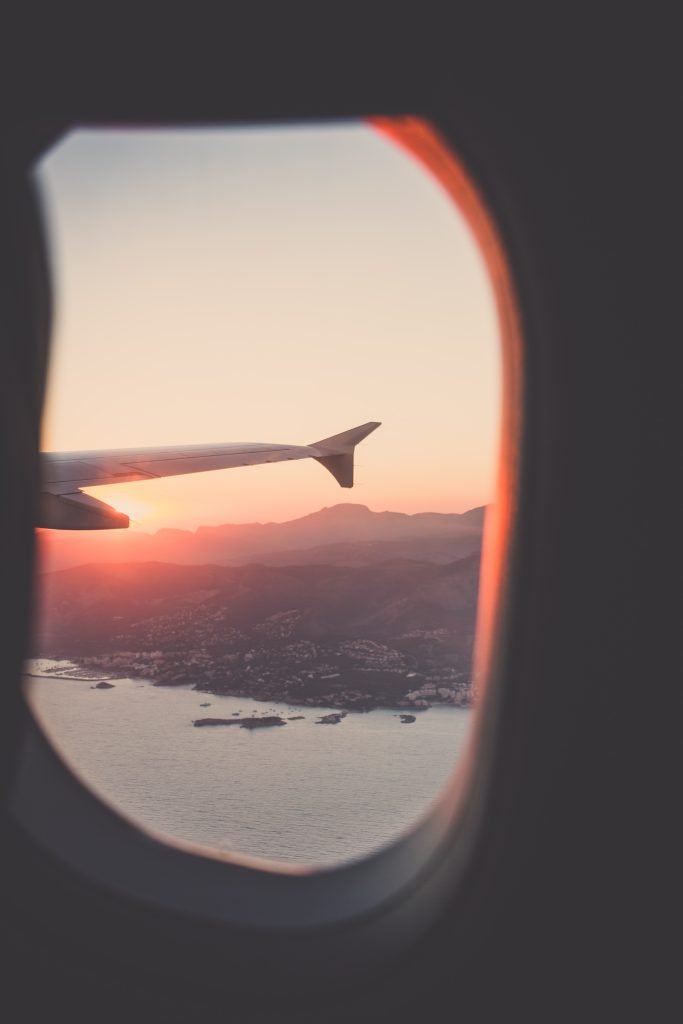
5. Mastering Exposure and Lighting
Mastering exposure and lighting is crucial for capturing high-quality street photographs in New York City. The city’s diverse lighting conditions and dynamic environments require adaptability and a solid understanding of exposure settings. Here are some key considerations to keep in mind:
5.1 Handling Different Lighting Conditions
New York City presents a wide range of lighting conditions, from harsh midday sunlight to artificial city lights at night. Understanding how to adapt to these different lighting situations will allow you to capture well-exposed and visually appealing images. Experiment with different exposure modes, such as aperture priority or manual mode, to have full control over your exposure settings.
5.2 Utilizing Natural Light
Natural light can be a powerful tool in street photography. In New York City, the quality and direction of natural light change throughout the day, offering unique opportunities for creative expression. Early mornings and late afternoons provide soft and warm light, casting long shadows that can add depth and dimension to your images. Embrace the available natural light and use it to enhance your compositions.
5.3 Experimenting with Shadows
Shadows can be an interesting and dramatic element to incorporate into your street photographs. New York City’s towering buildings create captivating shadows and pockets of light, adding a sense of mystery and intrigue to your images. Experiment with photographing subjects partially hidden in shadows, or use shadows to create leading lines and patterns within your frame.
5.4 Understanding Exposure Settings
Understanding exposure settings, such as aperture, shutter speed, and ISO, is crucial for achieving the desired exposure in your street photographs. Aperture controls the depth of field, allowing you to selectively focus on your subject while blurring the background or keeping everything sharp. Shutter speed determines how motion is captured, whether it’s freezing a moment or intentionally creating motion blur. ISO adjusts the camera’s sensitivity to light, with higher ISO values allowing you to shoot in low-light conditions but potentially introducing digital noise. Familiarize yourself with these settings and their impact on exposure to confidently capture the energy of New York City.
6. Techniques for Street Photography
Street photography requires a combination of technical skills and an ability to interact with your surroundings. Incorporating various techniques into your practice will help you capture compelling moments and tell captivating stories of the city. Here are a few techniques to consider:
6.1 Candid Shots and Capturing Decisive Moments
Candid shots capture genuine and unposed moments, allowing you to document authentic slices of life in the city. To capture these decisive moments, it’s important to be discreet and observant. Anticipate interesting interactions or gestures, and be ready to press the shutter at the right instant. Move around, change your perspective, and look for unusual angles to add visual interest to your candid shots.
6.2 Building Rapport with Subjects
Building rapport with your subjects can lead to more intimate and powerful photographs. Engaging with people in a respectful and genuine manner can create a connection that allows them to feel comfortable in front of the camera. Strike up conversations, show interest in their stories, and seek permission whenever necessary. By establishing a rapport, you can capture more authentic and meaningful portraits of the people you encounter on the streets of New York City.
6.3 Using Layers and Depth
Creating layers and incorporating depth in your street photographs can add visual interest and complexity to your images. Look for opportunities to frame your subjects with various elements in the environment, such as people, objects, or elements of architecture. This technique adds depth to your images and allows the viewer’s eyes to explore different layers within the frame. Experiment with different focal lengths and compositions to maximize the sense of depth in your photographs.
6.4 Incorporating Reflections
New York City’s streets offer plenty of reflective surfaces, such as windows, puddles, and shiny surfaces. Incorporating reflections into your street photography can create unique and visually captivating images. Explore different angles and perspectives to capture reflections that add depth, context, and a touch of whimsy to your compositions. Pay attention to how reflections interact with your main subject, and use them creatively to enhance your visual storytelling.

7. Post-processing and Editing
Post-processing and editing are important steps in the street photography workflow, allowing you to enhance your images and bring your creative vision to life. Here are a few considerations for post-processing your street photographs:
7.1 Organizing and Culling Images
Organizing and culling your images is the first step in the post-processing workflow. Go through your photographs and select the ones that best capture the essence of the city and convey the story you want to tell. Delete any duplicates or images that do not meet your artistic vision.
7.2 Adjusting Exposure and White Balance
Adjusting the exposure and white balance can greatly enhance the tonal range and color accuracy of your street photographs. Use editing software to fine-tune the exposure, shadows, highlights, and contrast for optimal results. Adjust the white balance to achieve accurate colors and set the desired mood or atmosphere in your images.
7.3 Enhancing Colors and Contrast
Enhancing colors and contrast can help bring out the vibrancy and visual impact of your street photographs. Use selective adjustments to boost the saturation of specific colors or create a cohesive color palette. Enhance contrast to add depth and drama to your images, but be mindful of not overdoing it and sacrificing important details.
7.4 Applying Creative Effects
Post-processing also allows you to apply creative effects to your street photographs, adding a personal touch and enhancing the visual storytelling. Experiment with black and white conversions to emphasize the mood or evoke a timeless quality. Explore various artistic filters or presets to add unique textures, vignettes, or film-like effects. Remember that the key is to enhance your images while staying true to your artistic vision and the authenticity of your subject matter.
8. Ethical Considerations in Street Photography
Street photography raises important ethical considerations, particularly when it comes to photographing strangers in public spaces. Respecting privacy, obtaining consent, and understanding the boundaries between public and private spaces are crucial for ethical and responsible street photography. Here are a few considerations to keep in mind:
8.1 Respecting Privacy and Consent
Respect the privacy of individuals you encounter on the streets of New York City. Avoid photographing people in vulnerable or personal situations without their consent. If someone expresses discomfort or explicitly asks you not to photograph them, respect their wishes and move on. It’s important to prioritize the dignity and well-being of the people you photograph.
8.2 Understanding Public vs. Private Spaces
Understanding the distinction between public and private spaces is fundamental in street photography. Public spaces, such as parks, streets, and sidewalks, generally allow for more freedom in photographing individuals without explicit consent. However, it’s important to be aware of the cultural and social norms of the specific location to avoid crossing boundaries or intruding on people’s privacy.
8.3 Documenting vs. Exploiting
Street photography should strive to document the realities of the city and its people without exploiting or misrepresenting them. Be mindful of the narrative you create through your images and ensure it remains respectful and authentic. Avoid staging scenes or manipulating subjects for the sake of an image. Instead, capture candid moments that reflect the genuine spirit of the city.
8.4 Developing a Code of Conduct
To ensure ethical and responsible street photography, consider developing a personal code of conduct. This code can outline your approach to photographing strangers, obtaining consent, and representing diverse communities. Regularly reflect on and refine your code of conduct to align with your evolving understanding of ethical principles in street photography.
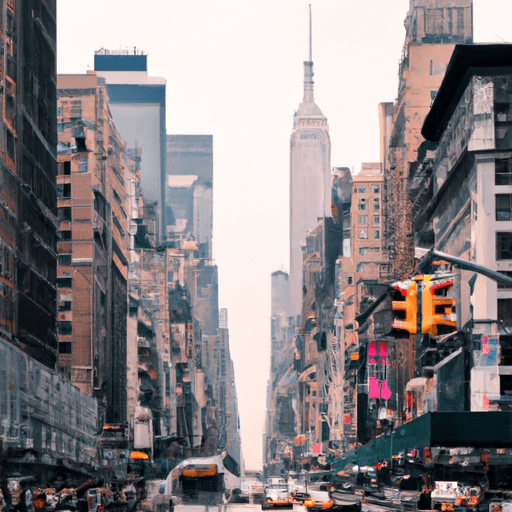
9. Showcasing and Sharing Your Work
After investing time and effort into capturing stunning street photographs in New York City, it’s important to showcase and share your work with others. Here are some tips on how to effectively present your street photography:
9.1 Curating a Street Photography Portfolio
Curating a street photography portfolio involves selecting your best and most representative images to create a cohesive body of work. Consider the storytelling aspect of your portfolio and how each image contributes to the overall narrative. Aim for a balance of diverse subjects, compositions, and technical approaches that highlight your unique perspective as a street photographer.
9.2 Choosing the Right Platform
Choosing the right platform to showcase your street photography is crucial for reaching your target audience. There are various options available, such as personal websites, social media platforms, and online photography communities. Consider the strengths and limitations of each platform, and select the one that aligns with your goals and engages with the audience you want to reach.
9.3 Engaging with the Online Photography Community
Engaging with the online photography community can provide valuable feedback, inspiration, and opportunities for growth as a street photographer. Participate in discussions, share your knowledge, and seek critique from fellow photographers. Interacting with others who share your passion for street photography can foster meaningful connections and help you refine your skills.
9.4 Participating in Exhibitions and Contests
Participating in exhibitions and contests can offer exposure for your street photography and potentially open doors to new opportunities. Look for local galleries, photography festivals, or online competitions that showcase street photography. Submitting your work to these platforms can lead to recognition, networking, and the chance to share your art with a wider audience.
10. Resources and Further Learning
Street photography is a constantly evolving genre, and there are numerous resources available to help you continue learning and growing as a photographer. Here are a few avenues to explore:
10.1 Books and Online Courses
Books and online courses provide in-depth knowledge and guidance on various aspects of street photography. Look for resources that cover technical skills, composition techniques, and the work of influential street photographers. Consider reading books written by experienced practitioners and taking online courses that offer practical exercises and feedback to sharpen your skills.
10.2 Photography Workshops and Meetups
Attending photography workshops and meetups allows you to learn from experienced instructors and interact with fellow photographers in person. Look for workshops that specifically focus on street photography or join local photography groups that organize meetups and photowalks. These gatherings can provide hands-on experience, feedback, and a sense of community with fellow street photographers.
10.3 Street Photography Blogs and Websites
Street photography blogs and websites are treasure troves of inspiration and educational content. Follow popular street photography blogs and websites to gain insights from experienced street photographers, learn about new techniques, and discover the work of emerging talents. Engage with the content by leaving comments and participating in discussions to broaden your knowledge and connect with like-minded photographers.
10.4 Finding Inspiration in Other Artists’ Work
One of the best ways to improve your street photography is to seek inspiration from other artists. Explore the work of famous photographers known for their street photography, such as Henri Cartier-Bresson, Daido Moriyama, or Vivian Maier. Study their compositions, use of light, and storytelling techniques to inform your own practice. Additionally, keep an eye on emerging street photographers whose work resonates with you, as they can offer fresh perspectives and inspire new ideas.
By incorporating these techniques, considerations, and resources into your street photography practice in New York City, you’ll be well on your way to capturing the vibrancy, energy, and unique spirit of the city. Enjoy the process, embrace the dynamic environment, and tell captivating stories through your lens. Happy shooting!
